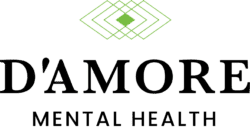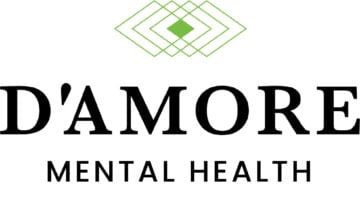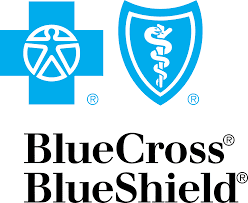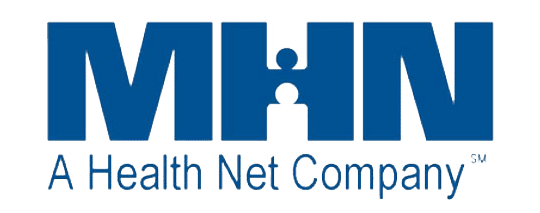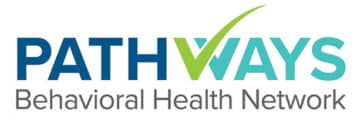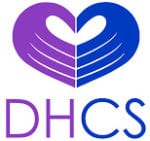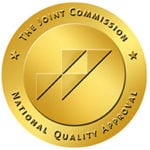Welcome To D'Amore Mental Health
D’Amore Healthcare® is one of Southern California’s leading residential mental health treatment facilities specializing in crisis stabilization. With an impressive two-to-one staff-to-patient ratio, our qualified team of healthcare professionals provides individualized care twenty-four hours a day, seven days a week.
D’Amore Mental Health challenges the idea of hospitalization for mental illnesses and specializes in preventable treatment by creating an environment that reduces the shame cycle. Our Build Me Up Program® fosters behavioral and cognitive change through positive reinforcement and Gracious Redundancy®.
